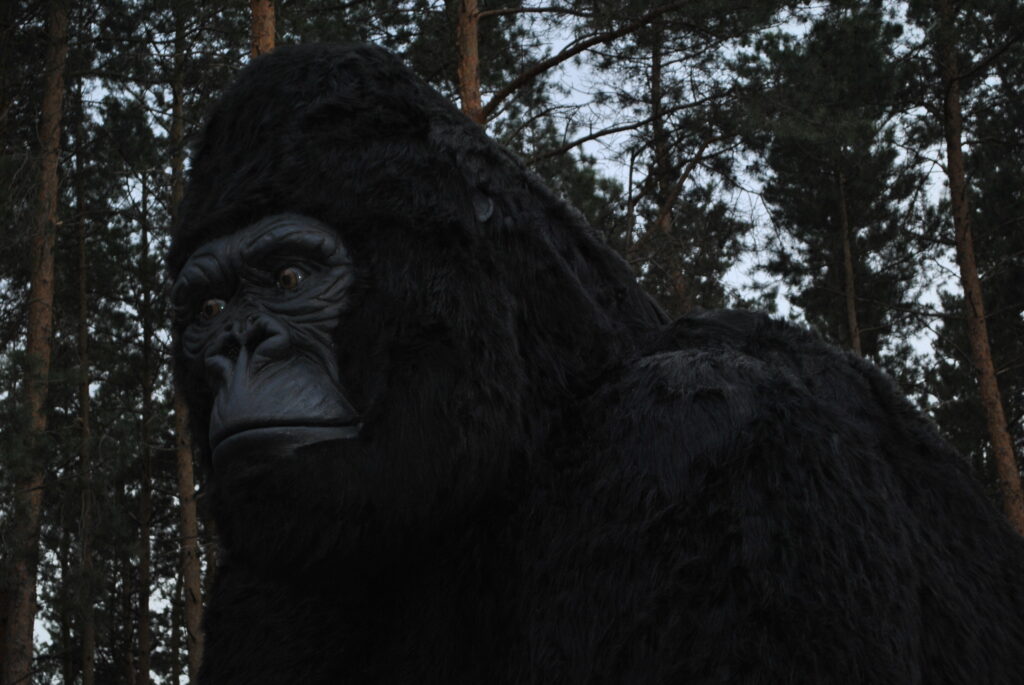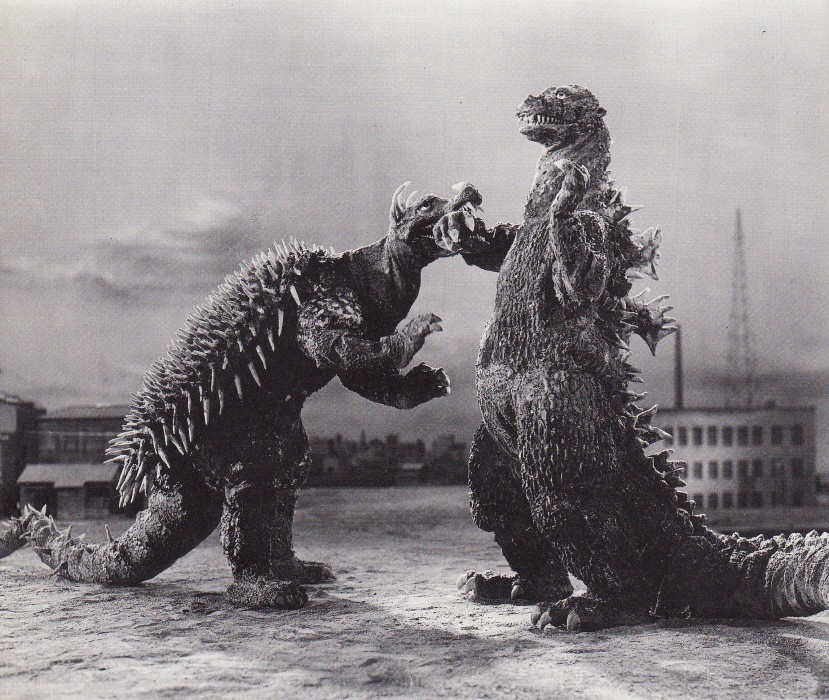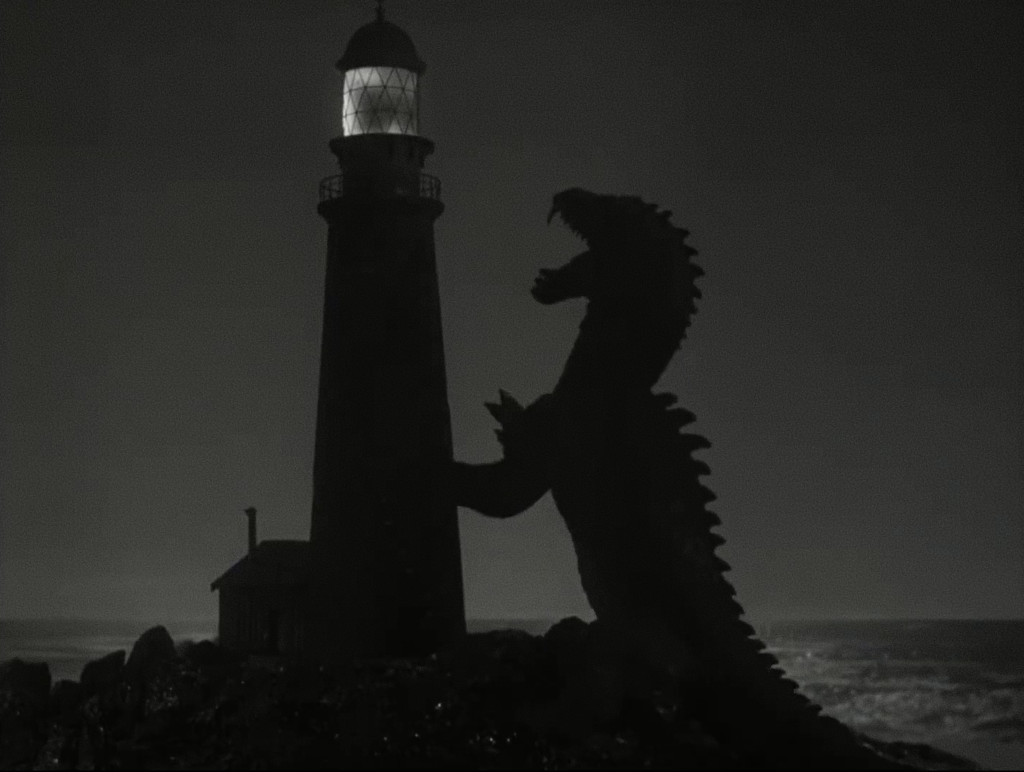Since the dawn of cinema, dinosaurs have captivated audiences with their prehistoric mystique and terrifying grandeur. However, as paleontology has advanced dramatically over the decades, many beloved dinosaur films have fallen scientifically out of date—sometimes even before they hit theaters. From featherless raptors to impossibly sized predators, Hollywood has frequently sacrificed scientific accuracy for spectacle. This article explores some of the most egregious examples of paleontological poetic license in cinema history, highlighting how these films have shaped—and often misrepresented—our understanding of these fascinating creatures that ruled Earth millions of years ago.
Jurassic Park: Revolutionary, Yet Flawed

While groundbreaking for its time, 1993’s Jurassic Park contains several scientific inaccuracies that subsequent paleontological discoveries have revealed. Perhaps most notably, the film portrays Velociraptors as man-sized, scaly hunters when real Velociraptors were actually turkey-sized and almost certainly covered in feathers. The film also depicts Dilophosaurus with a neck frill and venom-spitting abilities—creative flourishes with no basis in the fossil record. Despite these inaccuracies, it’s worth noting that the film incorporated cutting-edge science of its time, including the then-revolutionary theory that birds evolved from dinosaurs. Spielberg’s masterpiece ultimately did more to advance public interest in paleontology than perhaps any other media in history, even if some of its depictions have since been proven inaccurate.
One Million Years B.C.: Humans and Dinosaurs Together

The 1966 film One Million Years B.C.”commits what is perhaps the most fundamental paleontological error by depicting humans and dinosaurs coexisting. In reality, the last non-avian dinosaurs went extinct approximately 65 million years before the first humans evolved, making this cinematic meetup impossible by a margin of tens of millions of years. The film features Raquel Welch’s cave-dwelling character encountering various dinosaurs, including an Allosaurus and a Ceratosaurus, alongside other prehistoric creatures like giant turtles. Beyond the chronological impossibility, the dinosaur designs themselves reflect outdated understanding, portraying them as slow, lumbering beasts rather than the more dynamic creatures we now know them to be. Despite its scientific shortcomings, the film remains iconic for its stop-motion special effects created by Ray Harryhausen.
The Lost World (1925): Pioneering but Primitive

As one of the earliest dinosaur films ever made, the 1925 silent classic The Lost World deserves some forgiveness for its inaccuracies, yet it helped establish many dinosaur misconceptions that would persist for decades. Based on Arthur Conan Doyle’s novel, the film portrays most dinosaurs as upright, tail-dragging creatures—a stance we now know to be anatomically incorrect for most species. The film’s Brontosaurus (now classified as Apatosaurus) is depicted rearing on its hind legs and battling an Allosaurus, behaviors that would be physically impossible given their actual anatomy. The film also follows the “lost world” trope of dinosaurs surviving into modern times on an isolated plateau in South America, a concept with no scientific basis. Despite these flaws, the film’s groundbreaking stop-motion animation by Willis O’Brien would influence generations of special effects artists, including Ray Harryhausen and, eventually, the team behind Jurassic Park.
Dinosaur (2000): Disney’s Prehistoric Melting Pot

Disney’s animated feature “Dinosaur” creates a visually stunning but historically jumbled portrayal of the prehistoric world. The film places dinosaur species that never coexisted in the same period, with Iguanodons interacting with much later Cretaceous species and even mammals that evolved after the dinosaurs’ extinction. Particularly egregious is the inclusion of lemurs alongside dinosaurs when primates didn’t emerge until millions of years after non-avian dinosaurs disappeared. The film also takes creative liberties with dinosaur behavior, anthropomorphizing the creatures and giving them human-like emotional responses and social structures that have little basis in scientific evidence. Despite these inaccuracies, “Dinosaur” deserves credit for its technological achievements, blending computer-generated dinosaurs with live-action backgrounds to create an immersive prehistoric environment that captivated younger audiences.
The Valley of Gwangi: Cowboys Versus Dinosaurs

This 1969 cult classic combines two popular genres—Westerns and dinosaur films—with complete disregard for historical accuracy. Set in early 20th century Mexico, “The Valley of Gwangi” features cowboys discovering a hidden valley where dinosaurs still roam, a premise that ignores the 65-million-year gap between the extinction of non-avian dinosaurs and the Wild West era. The film’s titular dinosaur, Gwangi, is presented as an Allosaurus, though it exhibits features from several different theropod species in a paleontological hodgepodge. The stop-motion animation by Ray Harryhausen is masterful for its time, but the dinosaur designs reflect outdated understanding of posture and movement, with most depicted dragging their tails and moving sluggishly. Perhaps most memorably absurd is a sequence where cowboys attempt to lasso and capture Gwangi as though it were a particularly troublesome steer, an implausible scenario even if humans and dinosaurs had somehow coexisted.
Jurassic World: Magnifying Old Errors

Rather than correcting the scientific inaccuracies of its predecessors, 2015’s “Jurassic World” doubled down on them while adding new ones. The film ignores the decades of research confirming that many dinosaurs, particularly dromaeosaurs like Velociraptor, were feathered, instead maintaining the leathery-skinned appearance established in the original trilogy. Even more problematic is the film’s depiction of Mosasaurus, which is drastically oversized compared to fossil evidence—the film version could swallow a great white shark whole, while the actual animal was considerably smaller. The movie also takes creative liberties with dinosaur behavior, particularly in scenes depicting trained Velociraptors that respond to human commands like obedient dogs. The fictional hybrid dinosaur Indominus rex introduces a new level of biological impossibility, suggesting that dinosaur DNA could be mixed with cuttlefish genes to enable color changing and frog DNA for environmental adaptation—genetic modifications far beyond what’s scientifically plausible.
Carnosaur: Small Budget, Big Misconceptions

This 1993 B-movie, released to capitalize on Jurassic Park’s success, contains a staggering array of scientific inaccuracies even by the standards of exploitation cinema. Carnosaur” depicts its dinosaurs as unnaturally aggressive monsters that hunt humans for sport rather than food, behavior with no basis in paleontological evidence. The film’s premise—involving genetically engineered dinosaurs being born from human women—defies basic biological principles and vertebrate developmental patterns. The dinosaur designs themselves are crude approximations that incorporate features from various species, with the titular “carnosaur” bearing little resemblance to any specific known theropod. Even by 1993 standards, the film ignores contemporary scientific knowledge about dinosaur posture, movement, and physical capabilities, instead opting for monstrous caricatures that would better suit a horror film than any scientifically informed depiction of prehistoric life.
The Land Before Time Series: Cute But Confused

While beloved by generations of children, Don Bluth’s The Land Before Time franchise takes significant liberties with paleontological accuracy in favor of creating relatable animated characters. The original 1988 film and its many sequels consistently depict dinosaurs from widely separated periods living together, with Late Cretaceous species like Triceratops (Cera) and Pteranodon (Petrie) alongside much earlier Jurassic species like Apatosaurus (Littlefoot). The films anthropomorphize dinosaurs to an extreme degree, giving them human-like facial expressions, speech, and complex emotions that go far beyond what can be inferred from the fossil record about dinosaur cognition. Perhaps most memorably inaccurate is the depiction of Sharptooth, a Tyrannosaurus rex portrayed as almost supernaturally malevolent and persistent in hunting the young protagonists—a far cry from the opportunistic feeding behaviors that actual large theropods likely exhibited. Despite these scientific compromises, the franchise deserves credit for introducing many children to dinosaurs and prehistoric life.
King Kong (1933): Giant Apes and Dinosaur Battles

While primarily known for its giant ape, the original 1933 “King Kong” features several memorable dinosaur sequences that helped shape public perception of prehistoric creatures, albeit inaccurately. The film’s most famous dinosaur scene shows Kong battling a Tyrannosaurus rex, depicted with an upright, kangaroo-like posture that paleontologists now know to be incorrect—T. Rex held its spine more horizontally, with its tail extended for balance. Skull Island is populated with an assortment of dinosaurs that never coexisted in reality, mixing creatures from different periods. Additionally, the film features a Stegosaurus with plates positioned vertically along its back in a straight line rather than in the staggered arrangement indicated by fossil evidence. Despite these inaccuracies, the groundbreaking stop-motion effects by Willis O’Brien set the standard for dinosaur depictions that would influence cinema for decades.
Godzilla: When Dinosaurs Meet Nuclear Fantasy

While technically a monster movie rather than a dinosaur film per se, the original 1954 “Godzilla” and its many sequels frame the titular creature as a dinosaur awakened and mutated by nuclear radiation—a premise that stretches scientific credibility to its breaking point. The film describes Godzilla as a member of the “Godzillasaurus” species, supposedly an intermediate form between marine and terrestrial reptiles, a classification that has no basis in actual paleontology. The creature’s ability to withstand conventional weapons, emit atomic breath, and grow to skyscraper proportions contradicts everything we know about the biological limitations of reptilian physiology and the square-cube law. Particularly in later installments, Godzilla exhibits intelligence and even emotional responses far beyond what any non-avian dinosaur could have possessed based on brain-to-body ratios observed in fossil specimens. Despite these scientific liberties, Godzilla’s cultural impact as a metaphor for nuclear anxiety has transcended its paleontological inaccuracies.
The Beast from 20,000 Fathoms: Radiation-Revived Rhedosaurus

This 1953 film, which helped establish the “monster awakened by nuclear testing” trope later popularized by Godzilla, centers on the fictional “Rhedosaurus”—a dinosaur-like creature with no basis in the fossil record. The film portrays this prehistoric reptile surviving in suspended animation in the Arctic ice for millions of years until awakened by a nuclear test, a scenario that contradicts everything we know about cellular degradation and the impossibility of biological preservation over geological timescales. Ray Harryhausen’s stop-motion creature design incorporates features from various dinosaurs and other prehistoric reptiles in a scientifically impossible chimera, with the bipedal stance of a theropod but the head resembling plesiosaurs or other marine reptiles. The film also depicts the Rhedosaurus as able to transmit a deadly prehistoric disease to humans, a concept that ignores the species-specific nature of most pathogens and the unlikelihood of ancient microorganisms affecting modern human physiology.
The Last Dinosaur: Scientific Liberties for Low-Budget Thrills

This 1977 Japanese-American co-production takes extraordinary liberties with paleontology to deliver its pulpy adventure narrative. The premise involves a hidden prehistoric ecosystem at the North Pole where dinosaurs have survived to the present day, disregarding evidence that dinosaurs were mostly adapted to warmer climates and could not have survived the drastic climate changes over millions of years. The film depicts its Tyrannosaurus rex as capable of defeating a Triceratops with relative ease—a matchup that would likely have been much more evenly balanced, given the formidable defensive capabilities of ceratopsians. The dinosaur designs reflect pre-Renaissance paleontology, with outdated postures and movement patterns. Perhaps most strikingly, the film’s T. rex is portrayed via a man in a rubber suit rather than using stop-motion animation popular in earlier dinosaur films, resulting in stiff, unnatural movements that bear little resemblance to how these animals would have moved based on their skeletal structure and muscle attachments.
The Continued Evolution of Dinosaur Depictions

As paleontological science continues to advance, dinosaur depictions in cinema face an ongoing struggle between scientific accuracy and established audience expectations. More recent productions like the documentary series Prehistoric Planet (2022) have embraced current scientific understanding, showing feathered theropods, complex social behaviors, and accurate anatomical proportions. However, mainstream blockbusters often remain resistant to updating iconic dinosaur designs that audiences recognize from earlier films, despite their inaccuracies. The conflict was particularly evident in the Jurassic World trilogy, which acknowledged the feathered dinosaur research in dialogue while continuing to depict featherless raptors visually. This tension reflects the broader challenge of science communication in popular media, where scientific accuracy must often compete with visual spectacle and audience familiarity. As our understanding of dinosaurs continues to evolve, cinema will likely continue this balancing act between scientific fidelity and the entertaining monsters that have captivated audiences for over a century.
Conclusion

From the earliest stop-motion dinosaurs of “he Lost World” to the genetic hybrids of “Jurassic World,” dinosaur cinema has consistently prioritized spectacle over science. While these films have undoubtedly sparked public interest in paleontology, they have also perpetuated misconceptions that scientists continue to correct. The most egregious errors—humans coexisting with dinosaurs, featherless raptors, and impossible behaviors—remind us that these films are primarily entertainment, not educational documentaries. As paleontological knowledge advances, some newer productions have begun incorporating more accurate depictions, though many filmmakers still choose familiar but outdated designs that audiences recognize. Despite their scientific shortcomings, these films have played an invaluable role in keeping dinosaurs alive in our collective imagination, inspiring generations of future paleontologists even as they sometimes led them astray.




